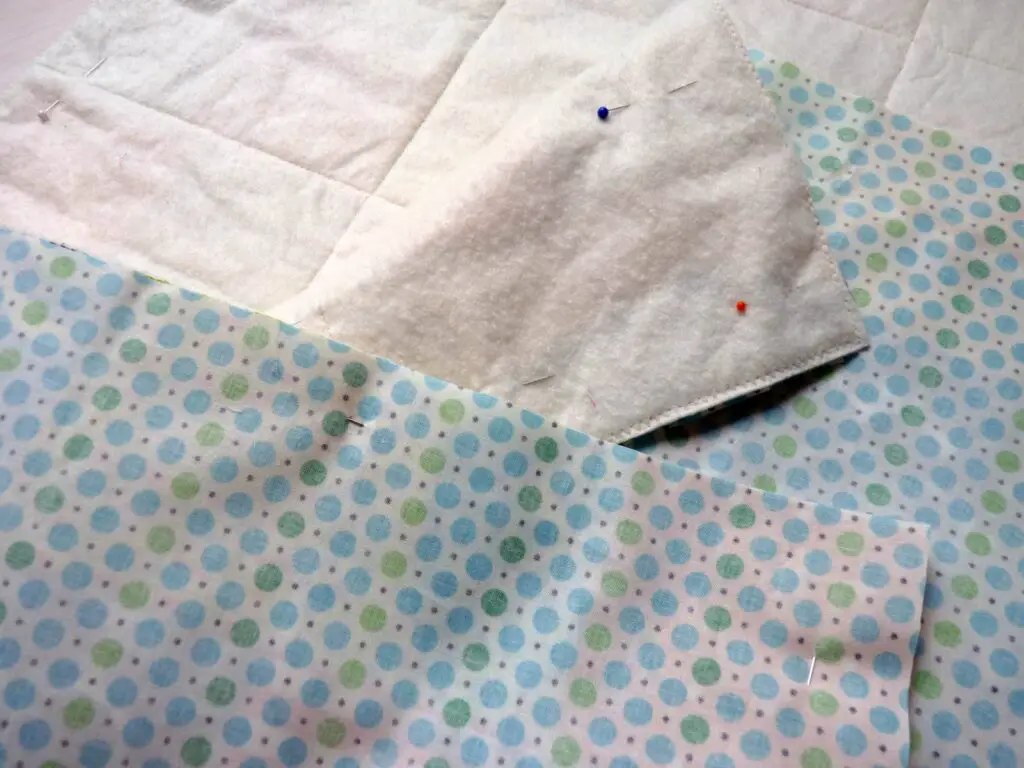Are you looking for a way to finish a quilt without binding? Look no further! This step-by-step guide will show you how to complete your quilt without using a binding. With easy-to-follow instructions, you’ll be able to finish your quilt in no time. Learn how to finish a quilt without binding today!
Materials Needed
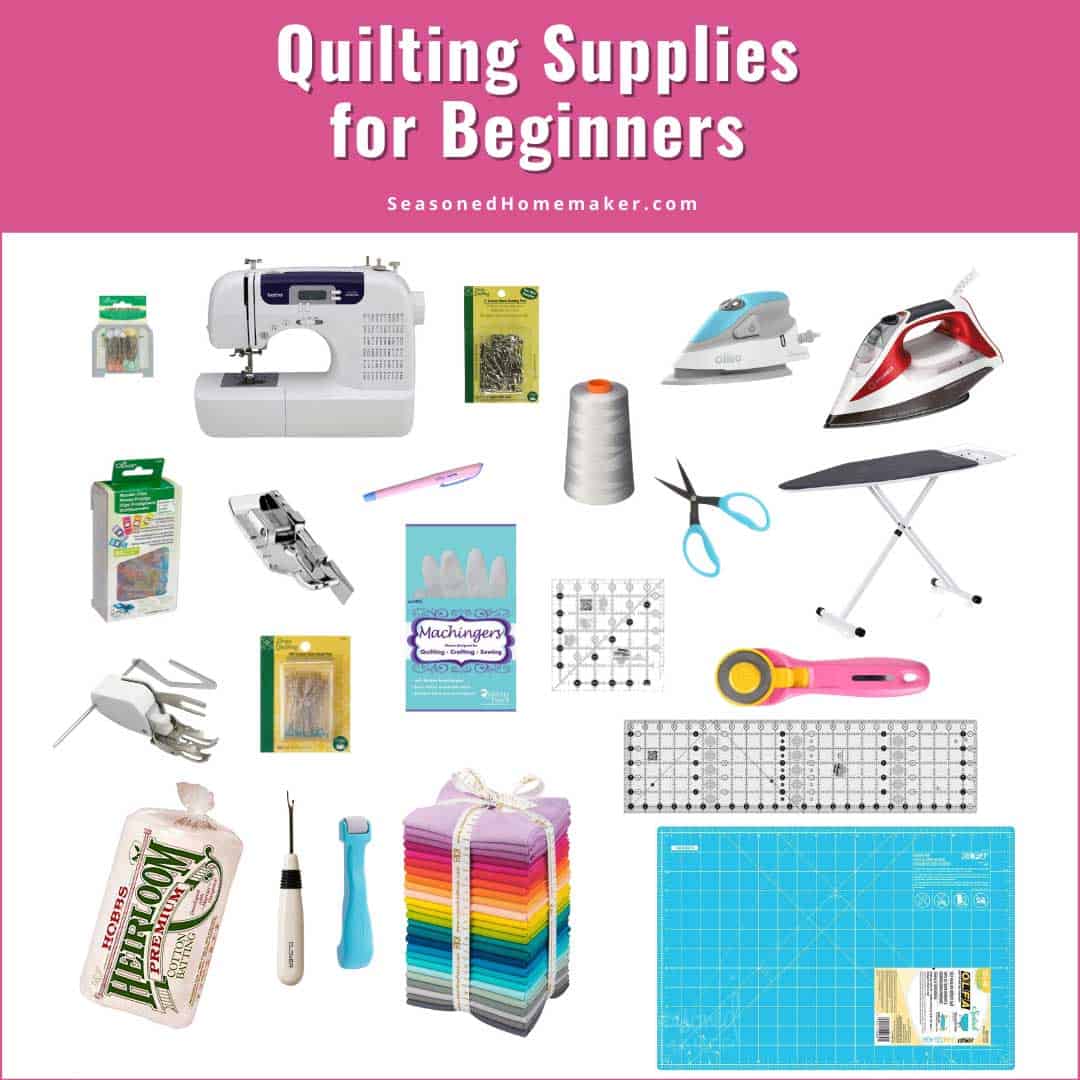
| Item | Quantity |
|---|---|
| Fabric | As per the how to sew together a large quilt without a binding instructions |
| Thread | As per the how to sew together a large quilt without a binding instructions |
| Pins | As per the how to sew together a large quilt without a binding instructions |
| Sewing Machine | 1 |
| Measuring Tape | 1 |
Preparing the Quilt
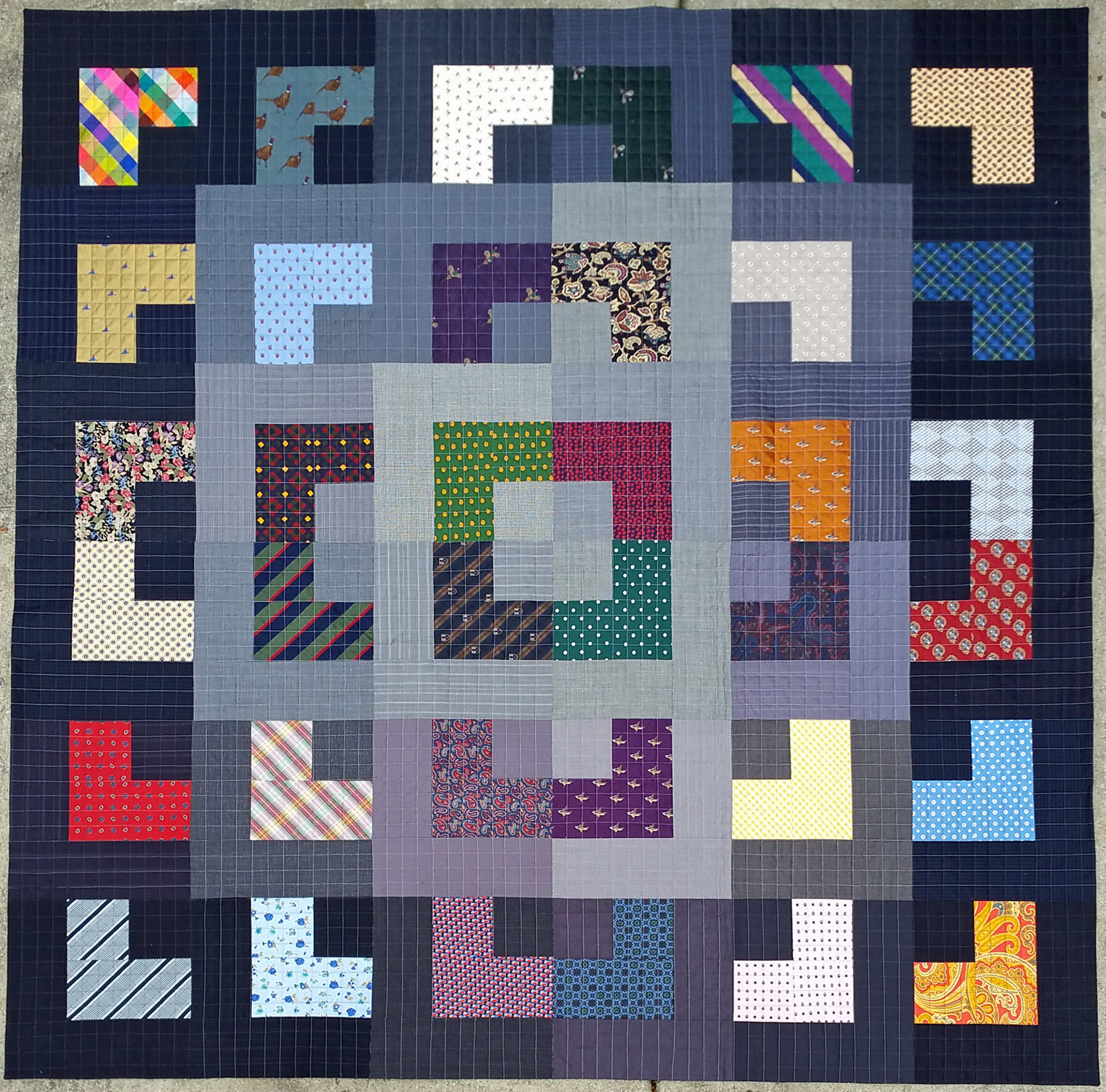
Trimming the batting
Trim any excess batting away from the edges of the quilt. This will help to ensure that the quilt is an even thickness throughout. Do not cut into any of the quilt top, backing or batting.
Finishing the quilt top
Fold the edges of the quilt top, backing and batting inwards so they meet in the middle and pin in place. Pin at regular intervals to hold the layers in place. Sew the edges together using a sewing machine. Make sure to use a zigzag stitch to secure the layers together and prevent fraying. Once the edges are sewn together, turn the quilt right side out and press the edges flat. This will help to create a neat and professional finish.
If you are looking for an alternative way to turn the quilt right sides out, try using a quilting tube turner. This tool is designed to help you turn the quilt without having to struggle with the thick layers.
Sewing the Quilt Together

Pinning the quilt layers
Start by laying out the quilt top and the batting on a flat and clean surface. Make sure that the edges of both layers are even and that there are no wrinkles. Pin the layers together in a few places, to keep them from shifting.
Sewing the quilt layers
Now, you can begin to sew the quilt layers together. Choose a simple stitch, such as a straight stitch, and sew around the edges of the quilt. Make sure that you sew the same distance from the edge of the quilt, to keep the edges even.
Turning the quilt right sides out
Once the layers are sewn together, turn the quilt right sides out. Use your fingers to push the corners out, to create sharp corners. Then, top stitch around the edges of the quilt. This will give the quilt a finished look.
Finishing the Quilt
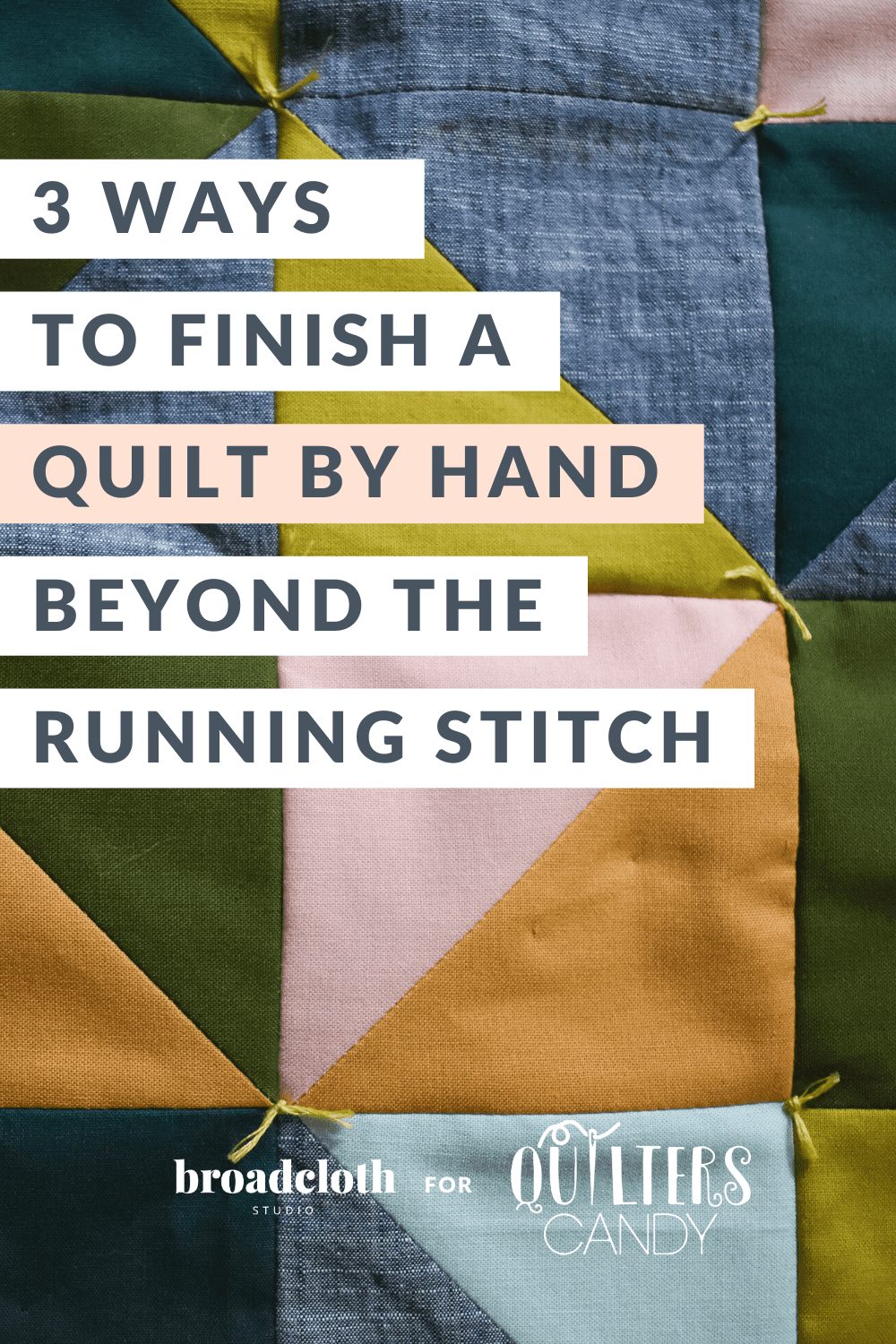
Finishing the quilt sides
Choose a method from the many available for finishing the quilt sides. Backstitching, whip stitching, machine stitching, hand-stitching, and fusing are all options. Backstitching is the most secure method, since the stitches are locked in place. Whip stitching is a decorative method, which results in a star pattern on the quilt sides. Machine stitching is the quickest method, but it is also the least secure. Hand-stitching is a more secure method than machine stitching, but it takes longer. Fusing is the easiest and quickest way to finish the quilt sides, but it is also the least secure.
Finishing the quilt corners
Quilt corners can be finished using one of several methods. You can use binding tape or bias tape to finish the corners. You can also use a technique called mitered corners, which involves folding and stitching the corners. You can also use corner triangles, which are triangular pieces of fabric sewn over the corners. Finally, you can use corner squares, which are square pieces of fabric sewn over the corners.
Finishing the quilt edges
To finish the quilt edges, you can use binding tape, bias tape, or a rolled hem. Binding tape is the most secure method and will give your quilt a neat, finished look. Bias tape is a decorative method, which results in a scalloped edge. A rolled hem is the quickest and easiest way to finish the edges, but it is also the least secure.
Finishing Techniques
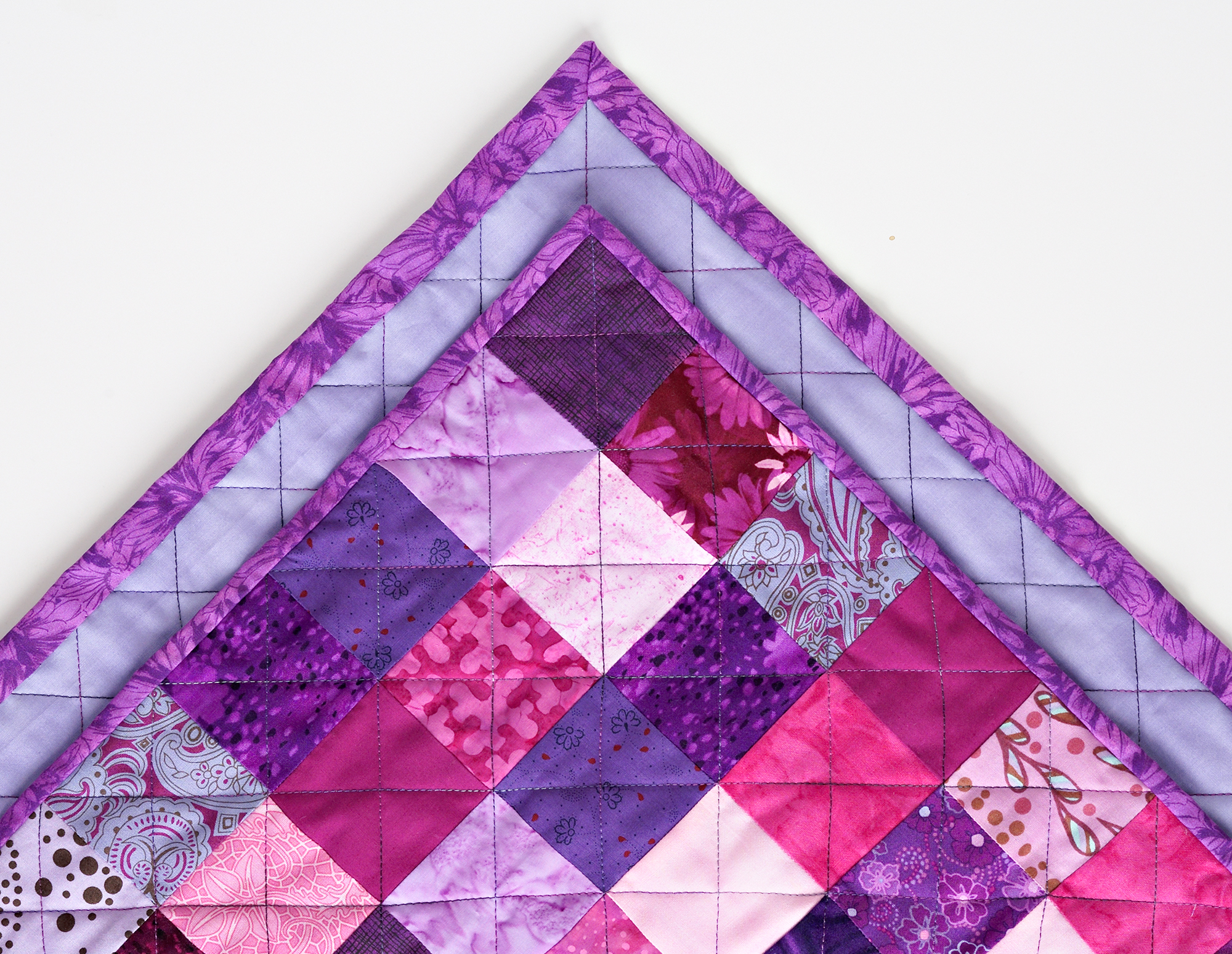
Hand-stitching
Hand-stitching is the traditional quilting technique and is a simple way of finishing a quilt without binding. This technique involves stitching the quilt together by hand, using a needle and thread. It is a slow and laborious process, but it yields a very nice finish.
Zig-zag stitch
Zig-zag stitch is a machine-based technique for finishing a quilt without binding. It involves using a sewing machine to stitch a zig-zag pattern along the edges of the quilt. This technique is faster than hand-stitching, but it yields a less finished look.
Bias tape
Bias tape is a fabric-based technique for finishing a quilt without binding. This technique involves using bias tape, a type of fabric that is pre-cut into strips, to cover the edges of the quilt. Bias tape is available in a variety of colors and patterns, allowing you to customize the look of your quilt.
Embellishments
Quilting
Quilting provides a beautiful and unique finish to any quilt. It adds texture, depth and design to the fabric, and the finished product looks stunning. To finish a quilt without binding, quilting can be used to join the backing and the front of the quilt. This can be done with a simple running stitch, or with a more complicated quilting stitch, such as a cross-hatch or a diamond pattern.
Embroidery
Embroidery can be a great way to add a touch of color and texture to a quilt. It can also be used to join the backing and the front of the quilt, instead of binding. To do this, use an embroidery hoop to hold the quilt in place and then use embroidery floss to stitch around the edges of the quilt. This will provide a secure and decorative finish to the quilt.
Frequently Asked Questions
What material do I need to finish a quilt without binding?
- Fabric for the backing: Choose a fabric that is a couple of inches larger than the quilt top on all sides.
- Thread: Choose a thread that matches or contrasts with the quilt top, depending on the look you’re aiming for.
- Batting: Choose a batting that is the same size as the quilt top.
- Pins: Use safety pins or quilting pins to keep the quilt layers together.
What Stitch Should I Use When Quilting?
A quilt can be finished without binding by using a quilt stitch to edge the quilt. A quilt stitch is an even, decorative stitch that goes along the edges of the quilt, joining the quilt top to the batting and backing. Popular quilt stitch options include the running stitch, a continuous line of small stitches running along the edges of the quilt, and the cross stitch, a diagonal pattern of small stitches crossing the quilt edges. Both stitches provide a decorative edge to the quilt and are easy to learn.
Is it Possible to Add a Border to a Quilt without Binding?
Yes! It is possible to add a border to a quilt without binding. There are several methods to do this, including:
- Adding a facing to the quilt.
- Creating a mitered border.
- Applying a bias tape to the quilt.
Adding a facing entails sewing a separate piece of fabric to the edge of the quilt, then folding it over and stitching it down on the other side. This gives a neat, finished look.
Creating a mitered border involves cutting the edges of the quilt at an angle and folding them over before stitching them down. This can be done with a single layer of fabric or with multiple layers.
Applying a bias tape to the quilt is another way to finish the edges without binding. Simply pin the tape to the edges of the quilt, then sew it down.
Each of these methods can give a quilt a neat, finished look without the need for binding.
Is there a Recommended Thread Type for Finishing a Quilt Without Binding?
The best thread type for finishing a quilt without binding is 100% cotton thread. Cotton thread produces less lint, is stronger, and is more durable than other types of threads. It is also less likely to fray, break, or stretch over time. Additionally, it is easier to work with and is less likely to cause puckering in the quilt.
Can I finish a quilt without binding if I am a beginner?
Yes:
- You can finish a quilt without binding if you are a beginner.
- Use a simple quilting stitch, like a straight stitch or a zigzag stitch, to secure the batting and the backing to the quilt top.
- Trim the excess batting and backing from the edges of the quilt top.
- Secure the edges by using a blanket stitch or a whip stitch.
- To give your quilt a finished look, you can add a border, or a decorative trim.
Conclusion
Quilting without binding is a great way to quickly finish a quilt without any extra work. It’s a great way to create a unique and beautiful quilt that will be cherished for years to come. With the right tools, supplies and techniques, you can easily create a quilt that looks professionally finished without the need for binding.
